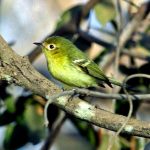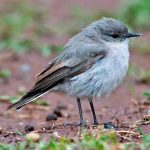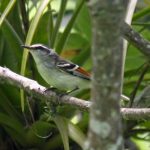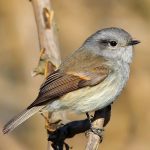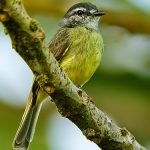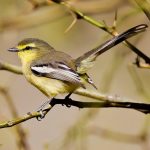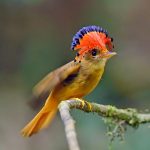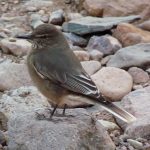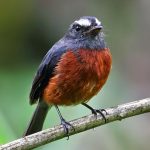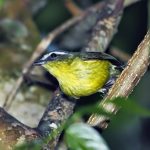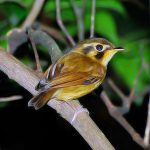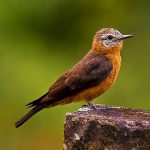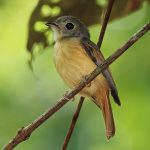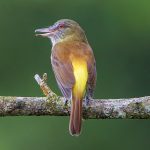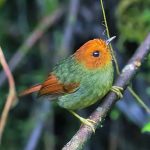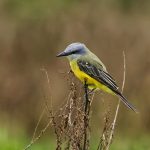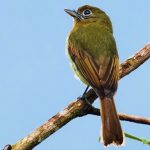Bran-coloured flycatcher
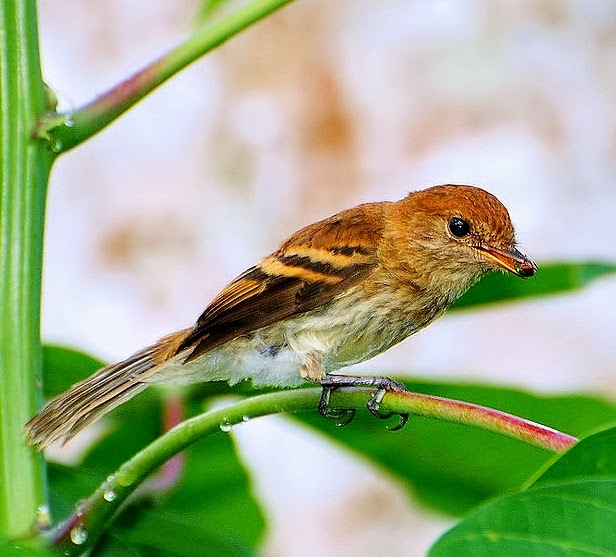
 |
| Photo by Dario Sanches (Wikipedia) |
Common name:
bran-coloured flycatcher (en); filipe (pt); moucherolle fascié (fr); mosquero estriado (es); rostschnäppertyrann (de)
Taxonomy:
Order Passeriformes
Family Tyrannidae
Range:
This species is found in South America, from northern Colombia and Venezuela south to northern Chile and north-eastern Argentina, but is mostly absent from the Amazon river basin. It is also found in Panama, Costa Rica and Trinidad.
Size:
These birds are 12-13 cm long and weigh about 10 g.
Habitat:
The bran-coloured flycatcher usually avoids dense forested areas, using forest edges, savannas, scrublands, second growths and pastures. It is found from sea level up to an altitude of 2.650 m.
Diet:
They catch flying insects by sallying out from a perch.
Breeding:
Bran-coloured flycatchers nest in a deep cup made of stems and bark, and lined with fine plant fibres. It is suspended by the rim from one or two branches low in a tree. The female lays 2 cream-coloured eggs with a few faint reddish spots. The eggs are incubated by the female for 17 days. The chicks fledge 15-17 days after hatching.
Conservation:
IUCN status – LC (Least Concern)
This species has an extremely large breeding range and is described as fairly common. The bran-coloured flycatcher is suspected to be increasing as habitat conversion creates more areas of suitable habitat.
